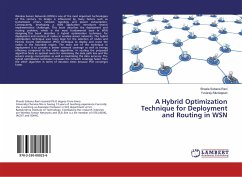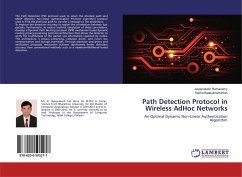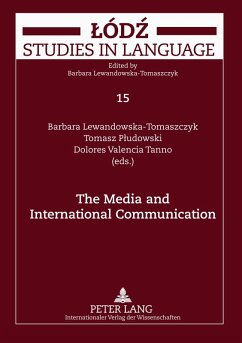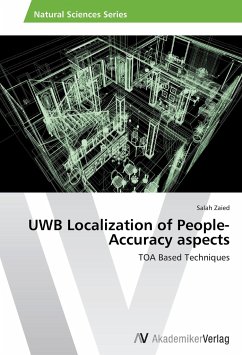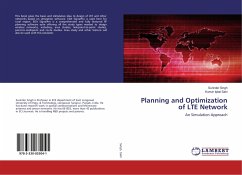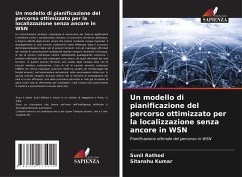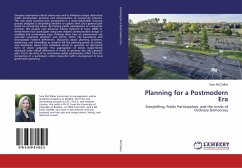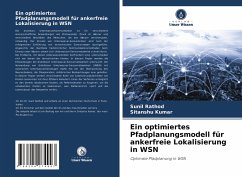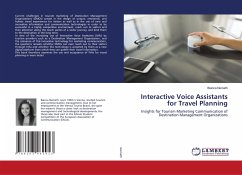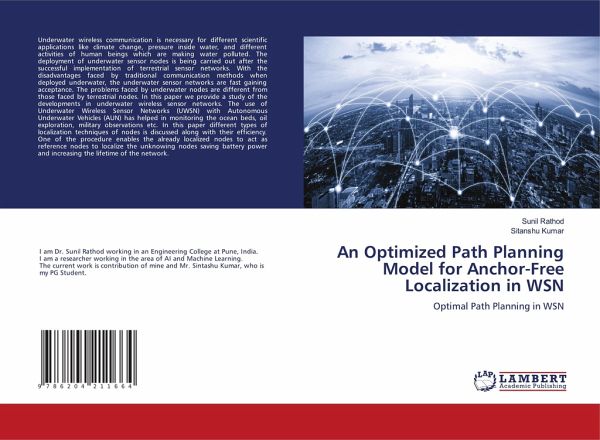
An Optimized Path Planning Model for Anchor-Free Localization in WSN
Optimal Path Planning in WSN
Versandkostenfrei!
Versandfertig in 6-10 Tagen
27,99 €
inkl. MwSt.

PAYBACK Punkte
14 °P sammeln!
Underwater wireless communication is necessary for different scientific applications like climate change, pressure inside water, and different activities of human beings which are making water polluted. The deployment of underwater sensor nodes is being carried out after the successful implementation of terrestrial sensor networks. With the disadvantages faced by traditional communication methods when deployed underwater, the underwater sensor networks are fast gaining acceptance. The problems faced by underwater nodes are different from those faced by terrestrial nodes. In this paper we provi...
Underwater wireless communication is necessary for different scientific applications like climate change, pressure inside water, and different activities of human beings which are making water polluted. The deployment of underwater sensor nodes is being carried out after the successful implementation of terrestrial sensor networks. With the disadvantages faced by traditional communication methods when deployed underwater, the underwater sensor networks are fast gaining acceptance. The problems faced by underwater nodes are different from those faced by terrestrial nodes. In this paper we provide a study of the developments in underwater wireless sensor networks. The use of Underwater Wireless Sensor Networks (UWSN) with Autonomous Underwater Vehicles (AUN) has helped in monitoring the ocean beds, oil exploration, military observations etc. In this paper different types of localization techniques of nodes is discussed along with their efficiency. One of the procedure enables the already localized nodes to act as reference nodes to localize the unknowing nodes saving battery power and increasing the lifetime of the network.



